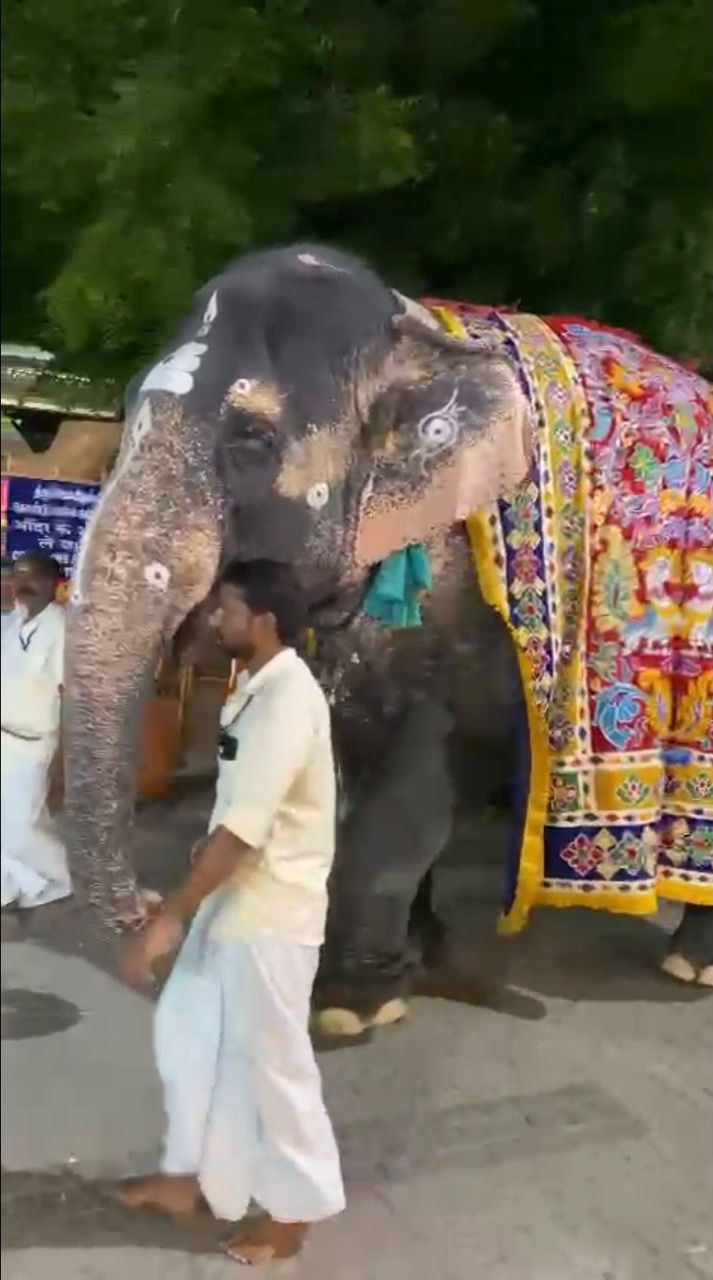In The Lap Of The Ghats 3
- krolesh
- Mar 4, 2024
- 2 min read
Meenakshi Amman Temple
I first visited this temple about 15 years ago.
It's a true masterpiece of Indian architecture, and is still very much a living, breathing, vibrant place of worship.
The temple was built by a Pandyan emperor around the beginning of the 13th Century, in dedication to Meenakshi, who by that time had already been worshipped as a deity for at least 600 years.
The temple was damaged during various wars against Muslim invaders (and others), but was repaired and rebuilt along the way.

First view of one of the temple gopurams, the sculptured towers. The temple has 14 of these towers, the tallest of which is 52m high. Five of them are gateways to the two main shrines within the temple, to Meenakshi, and to Sundareshvara, an avatar of Shiva. Unfortunately the main shrines are closed to non-Hindus these days.
Each group or set of panels on the gopurams represents a Hindu tale, and the four tallest gopurams themselves depict over 4,000 tales.

Besides no shoes being allowed in the temple grounds, no electronics were allowed either. Paid servants stored our phones for us. So no pics from inside.

But when I went there last time there were no restrictions, and I took loads of pics, so here's a selection from then.

You can see from these old pics that the temple really needs a new paint job now.
I'll zoom in for yuz


















Every night the statue of Meenakshi is ritually moved by the Brahmins (priests) over to Sundareshvara's pad, in a lively procession, and is moved back the next morning. This allows the deities to be together as husband and wife every night, "enlivening" them, so they can retain their energetic power to positively impact devotee lives.

The ritual procession sometimes takes place outside the inner temple grounds, and is really cool to watch. Sorry about the blurry vid frames.




Thirumalai Neyakar Mahal
One day we went cruising out to visit this amazing palace, built in 1635 by King Thirumalai Nayak, blending both Dravidian and Islamic architectural styles.

We timed it during a school visit.




There's a huge number of ancient historic artworks in there.


I said hello to a child, and then it was on. Ajuna with her fans.




With the teachers
Go to Part 4



Comments